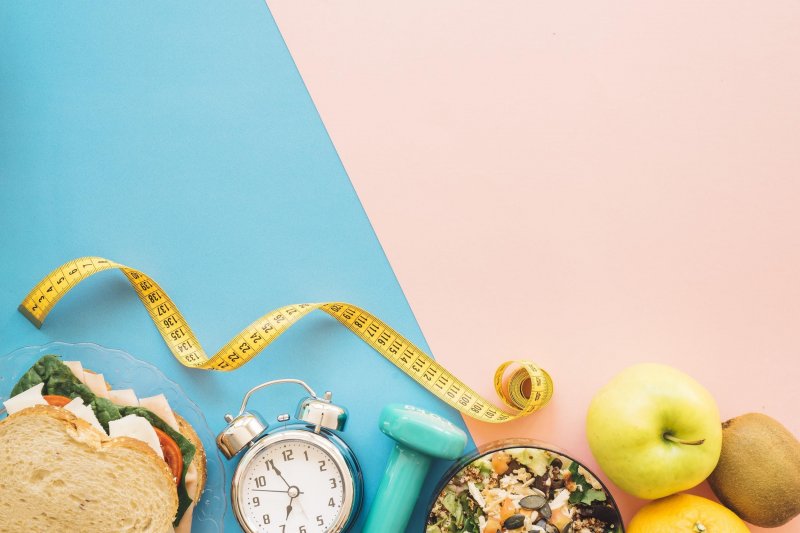Drug-Free Ways to Lower Your Blood Pressure

If you’ve just been diagnosed with hypertension, or more commonly known as hypertension, you might think that you will be needing medications to control your condition all your life. According to the Centers for Disease Control and Prevention, having hypertension puts the person at risk for stroke and heart disease, which are two leading causes of death among Americans. While the statistics are nothing to be shrugged off, there’s also no need to panic. High blood pressure can be successfully lowered and controlled with healthy lifestyle changes.
Reducing your blood pressure levels can help you to avoid certain health conditions, such as a heart problem, eye disease, kidney disease, and cognitive decline. Although this may require drastic measures—depending on your previous lifestyle habits—taking full control of your blood pressure levels is totally possible with the right practices.
Shed Those Extra Pounds
One of the best ways to lower your blood pressure is to lose some pounds, especially if you’re overweight or leaning to being obese. Most of the time, blood pressure rises as one’s weight increases. Moreover, being overweight can put one at risk for sleep apnea, which is described as disrupted breathing during sleep, further raising your blood pressure to abnormal levels.
Of course, you can’t lose a lot of weight overnight but it sure is a process that can yield significant results. In fact, you may be able to reduce about 1 mm HG of your blood pressure level with every kilogram of weight you shed off.
Aside from losing weight, you should also keep close track of your waistline. Being too heavy around the waist increases one’s risk of high blood pressure. Consult your doctor about the waist measurement that should be healthy in your case.
Make Reading Labels a Habit
Taking control of your diet starts with reading labels. This is a particularly important practice among hypertensive people since it is so easy to consume too much dietary sodium, far from the recommended amount of 1,500 mg a day for people with such condition, which is equivalent to just 3/4 teaspoon of salt. Through religiously reading labels of everything you eat, you can effectively weed out those that are high in salt, which are usually the foods we consume every day: cold cuts, poultry, soup, pizza, sandwiches, and soup.
Instead, take more potassium-rich foods. Potassium is known to tone down the effect of salt in your body and also to eliminate tension in the blood vessels. Potassium is abundant in a lot of foods, such as fish, low-fat dairy, bananas, avocados, and potatoes, to name a few. However, talk to your doctor first before indulging on potassium, as it may be especially harmful to people with kidney disease.
Make Time to Exercise Regularly
Individuals with hypertension can benefit from regular physical activity since it can potentially lower blood pressure levels by 5 up to 8 mm Hg. The key is to be consistent, with at least 150 minutes of exercise in a week or about 30 minutes for most days of the week, since one’s blood pressure can easily rise again if you stop exercising.
Some great exercises that help reduce blood pressure levels include walking, jogging, dancing, swimming, or cycling. You may also try more intense trainings subsequently with lighter activities to give you time to rest and recover. Before choosing any activity as your form of exercise, it is still best to talk to your doctor about it so you’re advised on the right routine for you to do.
Monitor Your Blood Pressure
Anyone diagnosed with hypertension can definitely benefit from home monitoring, as it helps you keep track of your blood pressure readings on the daily. Aside from being able to monitor your condition, you can also determine whether or not your blood pressure management efforts are working. This is especially helpful to your healthcare provider, as he or she will be able to better diagnose and treat your condition if there is a basis for intervention.
Talk to your doctor about how often you need to measure your blood pressure. To perform proper home monitoring, you need to secure a reliable non-invasive blood pressure (NIBP) monitor. Particularly, automatic ones with bicep NIBP cuffs are recommended by the American Heart Association as they yield more accurate readings than the wrist- and finger-type monitors. You may need to ask your doctor how to correctly use your home monitoring device at home since there are a lot of factors that can easily contribute to your monitor yielding false results.
The best time to do something about your rising blood pressure levels is now. Don’t wait until complications start to arise before applying these health measures into your lifestyle. As means for prevention, you can even start these changes even if you are not diagnosed with hypertension. A little amount of effort won’t hurt anyone, especially when our health and wellness are the ones at stake.
Previous Posts: